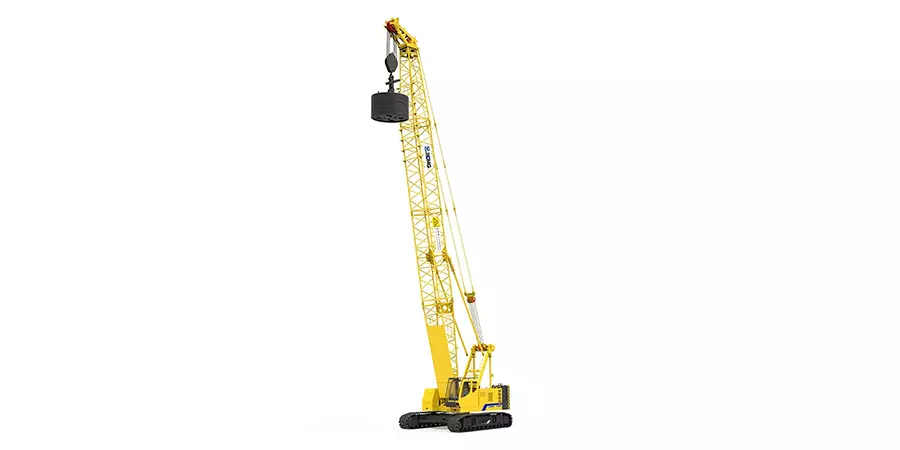Markets

1. Overview of Hydraulic Systems in Dynamic Compaction Machines
Dynamic Compaction Machines (DCMs) are heavy-duty equipment used to densify soil through repeated high-energy impacts. Hydraulic systems are critical for their operation, providing the force and control needed to lift and release heavy weights. This guide details key hydraulic components, emphasizing reliability, safety, and compliance with industry standards.
2. Core Hydraulic Components
A. Hydraulic Pumps
Role: Convert mechanical energy into hydraulic energy to power cylinders.
Types:
Piston Pumps: Preferred for high-pressure applications (e.g., 350–500 bar).
Gear Pumps: Cost-effective for moderate pressure but less efficient.
Selection Criteria: Pressure rating, flow rate, efficiency, and compatibility with hydraulic fluids.
B. Hydraulic Cylinders
Function: Lift and release compaction weights.
Design: High-strength materials (hardened steel, chrome-plated rods) to withstand cyclic loads.
Specifications: Bore size (e.g., 200–300 mm), stroke length, and pressure ratings (min. 300 bar).
C. Control Valves
Types:
Directional Control Valves: Manage fluid flow direction.
Pressure Relief Valves: Prevent system overload (critical for safety).
Proportional Valves: Enable precise control via electronic signals.
Standards: ISO 4401 (mounting dimensions), ISO 10770 (pressure testing).
D. Hoses and Fittings
Requirements: High-pressure reinforcement (e.g., steel braiding), abrasion-resistant covers.
Standards: SAE J517 (hose specifications), ISO 8434 (fittings).
E. Accumulators
Purpose: Absorb shock and stabilize pressure during impact cycles.
Types: Bladder (quick response) or piston (high-volume) accumulators.
Maintenance: Regular nitrogen pressure checks to prevent failure.
F. Reservoirs and Filters
Reservoir Design: Baffled to reduce aeration, with adequate cooling capacity.
Filtration: Multi-stage (suction, pressure, return) with ISO 4406 cleanliness codes (e.g., ISO 18/16/13).
G. Hydraulic Fluids
Selection: Anti-wear (AW) fluids with viscosity suited to operating temperatures.
Eco-Friendly Options: Biodegradable fluids (e.g., HETG, HEES) for environmentally sensitive sites.
3. Application-Specific Considerations
Harsh Environments: Use corrosion-resistant materials (e.g., stainless steel) and seals rated for extreme temperatures (-40°C to 120°C).
Vibration Resistance: Locking fittings and flexible hose mounts to prevent leaks.
4. Maintenance Best Practices
Routine Checks: Inspect hoses for cracks, monitor fluid levels, and test accumulator precharge.
Contamination Control: Replace filters per OEM schedules; conduct fluid analysis annually.
Training: Ensure operators understand hydraulic system limits and emergency protocols.
5. Safety and Compliance
Standards: ISO 16028 (quick-release couplings), OSHA 1926.602 (equipment safety).
Safety Features: Emergency stop systems, pressure gauges, and lockout-tagout (LOTO) compliance.
6. Case Study: Enhancing Reliability in a Mining Project
Challenge: Frequent hydraulic failures due to dust and high temperatures.
Solution: Upgraded to piston pumps with integrated filtration and high-temp seals.
Outcome: 40% reduction in downtime; compliance with ISO 4413 (hydraulic system safety).
7. References and Further Reading
Standards: ISO 4406 (fluid cleanliness), SAE J1273 (hydraulic hose recommendations).
Manufacturer Guides: Bosch Rexroth (pump selection), Parker Hannifin (accumulator maintenance).
